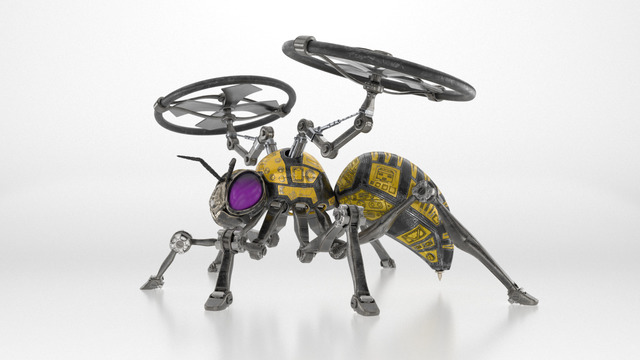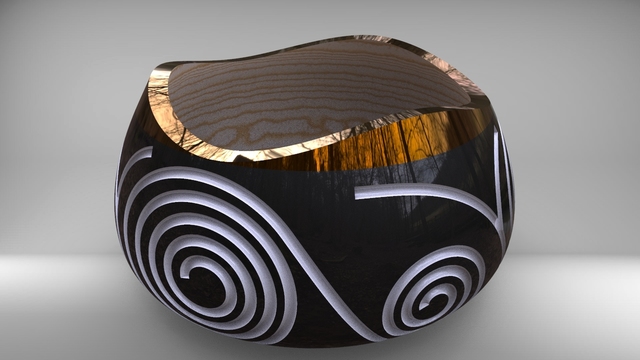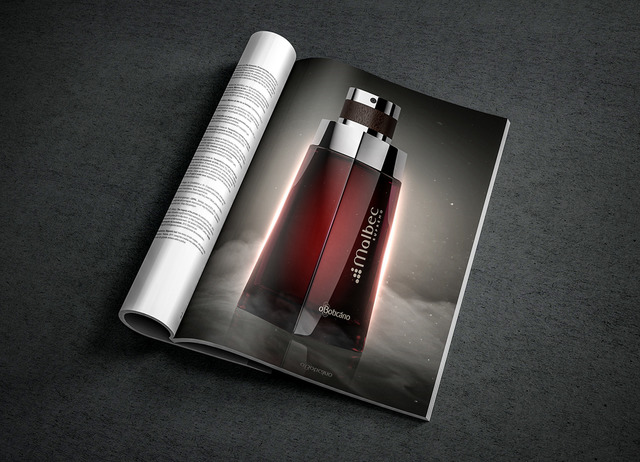The 3D rendering service is an essential part of most businesses. They are used in architecture, product design, advertising, gaming, and movies. These varied uses mean that hiring a 3D rendering service is a common part of a wide variety of different fields. If you need to hire a 3D rendering service, it’s essential to learn about common mistakes that can occur when hiring one of these professionals. Learning about common mistakes can help you avoid them, saving time and money for everyone involved. These are the most common mistakes in outsourcing that should be avoided.
 Table of Contents
Table of Contents
Confusing 3D rendering service with design services
Designers are responsible for planning out the details of the rendering project. This is everything from fitting and fixtures to mood and ambiance. Many people make the mistake of thinking that because a 3D renderer is artistic and can create the render, they can also handle design aspects as well. If you get behind on a project and don’t have the time to develop an idea entirely, it may be tempting to throw the idea at the 3D commercial rendering service and hope they’ll be able to fill in the gaps. This, unfortunately, is a recipe for disaster.
RELATED: Mistakes to avoid when working with product design service firms
A 3D renderer can’t hope to know what the theme or mood of your building is, where screws in a new phone design should go, and all the other tiny details that make up a hyper-realistic photo. When designing a render, they look at these details provided by you in a data file and use them to create the render.

If they are forced to guess, it can lead to the render not matching expectations, leading to expensive revisions later. It can also lead to frustration on both sides. No one likes having to redo a project when the reason for that redo isn’t their fault, and you may find a quality 3D renderer unavailable for future projects when treated this way.
Before hiring a 3D visualization services, you should have at least 95% of the data available on the project finished and available for the 3D rendering service. With most of the details available, they can start the project with the data they have and add in the remaining 5% as it becomes available.
Poor communication
To handle your project, the 3D interior rendering service needs to know what it is about. If you need certain things added, different angles, or a particular mood, this needs to be clearly outlined. Without communication, the renderer is left guessing at what is wanted. This doesn’t just mean giving them all the data available at the beginning of the project, but also checking in at regular intervals during the project and providing feedback. A 3D renderer has difficulty taking ideas from the developer’s head and recreating it on a computer.
They can’t possibly know what is in your head exactly, which means checking in to offer feedback is the best way to get what you want.If you can offer corrections at the wire mesh stage, it becomes that much easier to fix problems early on. Revisions are an inevitable part of this type of work, but the earlier these corrections can be made, the better.
When the 3D architectural rendering service sends you the first sample render to look at, it’s a great idea to sit down with the entire team to review it. Write down all of the feedback, so change requests aren’t staggered before you return the feedback. It may even be helpful to create a checklist for the renderer, so making changes is easier. Be as straightforward as possible when creating this list. If you don’t like something, it’s best to say. If you can, explain why so the renderer can more easily make adjustments.
Failing to look at references
One of the clearest ways you can tell whether a 3D furniture rendering service will work for your project is to look at their portfolio. The portfolio will show the quality of a renderer’s work and what they specialize in. A renderer that mainly does architecture may struggle to create a gaming character, and a gaming renderer may struggle to understand blueprints.
Looking over their past work can also show how advanced their skills are and whether they match your needs. If you only need a simple model to show the rough idea of a new product, someone who can do photorealistic renders may not be as important to you. However, if you’re planning to use the work for advertising, you may be looking for someone who can cross over into the world of 3D visualizations.

The portfolio is essential, but this should also be backed up by checking references. Ask the CAD design services you’re looking at for the information of customers they have worked with in the past and follow up with them. References can tell you things the portfolio won’t show, like how the 3D renderer handles problems that crop up, whether they are polite and professional, and if they complete projects on time.
These considerations can all end up being just as important as the quality of their renders, which means making those calls is an important task. Without these references, you may hire someone who has a spectacular portfolio but drags deadlines out for weeks or someone who does the job well but has a poor attitude. Checking references, as well as a portfolio, is critical to avoid these problems with a new hire.
Failing to get a confidentiality statement
One of the biggest mistakes that can happen, and the costliest by far, is failing to get a confidentiality statement before submitting data. If the renderer you’re working with doesn’t offer a confidentiality statement, that means your sensitive data, new products, and other important information could be leaked to other businesses. Most of the rendering projects a business might have are products, buildings, or other physical creations that have not yet been made.
When submitting the data to a renderer, you’re also submitting the information on creating new technology. Thousands or even millions of dollars go into the creation of a new project. Imagine if another company stole that and beat you to delivering your own product to consumers? What if the release of this data makes creating the product no longer viable, or competition is too heavy because many different companies bring out similar ideas at the same time?
This can end up being a catastrophic loss for a company, and all that it takes for it to happen is being careless with an NDA. Keep your data safe by signing an NDA before sending sensitive information to the 3D construction rendering service. If they don’t have one or refuse for whatever reason to sign one, run away from that renderer. It’s not worth the losses to your business if they refuse to keep your private data private.
Choosing the cheapest possible renderer
3D renderers have a wide range of costs per project, especially product engineering services. When you have dozens of bidders on a project, it may seem sensible to choose the cheapest option available. However, this can come back to bite you since the cheapest person is often cheap for a reason. New talent will often intentionally offer the lowest bid to get new clients (and those all-important reviews) in the door. These people usually don’t have a lot of experience and may not get the job done as professionally as you would like.

If they’re more experienced and are simply offering low prices, they may also be making their money through quantity rather than quality. You may end up with subpar work because they are rushing to get through your project to start another one. It could cost you more money and time when you’re forced to start over from scratch due to work quality.
This isn’t always the case, and sometimes it’s a spectacular new talent just hoping to get clients. A review of their portfolio is often enough to see if they are worth taking a risk on. In general, the best choice will be to look at portfolios and reviews first, bid pricing second to get a good match. Remember, if the price seems too good to be true, it probably is.
Conclusion
Hiring a freelance 3D exterior renderer to do work for your business is a sensible choice. 3D renderers are used in dozens of different fields and can help save money and time. If you make one of these common mistakes when hiring a 3D renderer, however, you may end up spending more than you had hoped or costing yourself days or weeks. By knowing what the most common mistakes are when hiring, you can make the process of hiring a quality 3D renderer easier and reduce the chance of you hiring a bad fit for your 3D rendering project.
